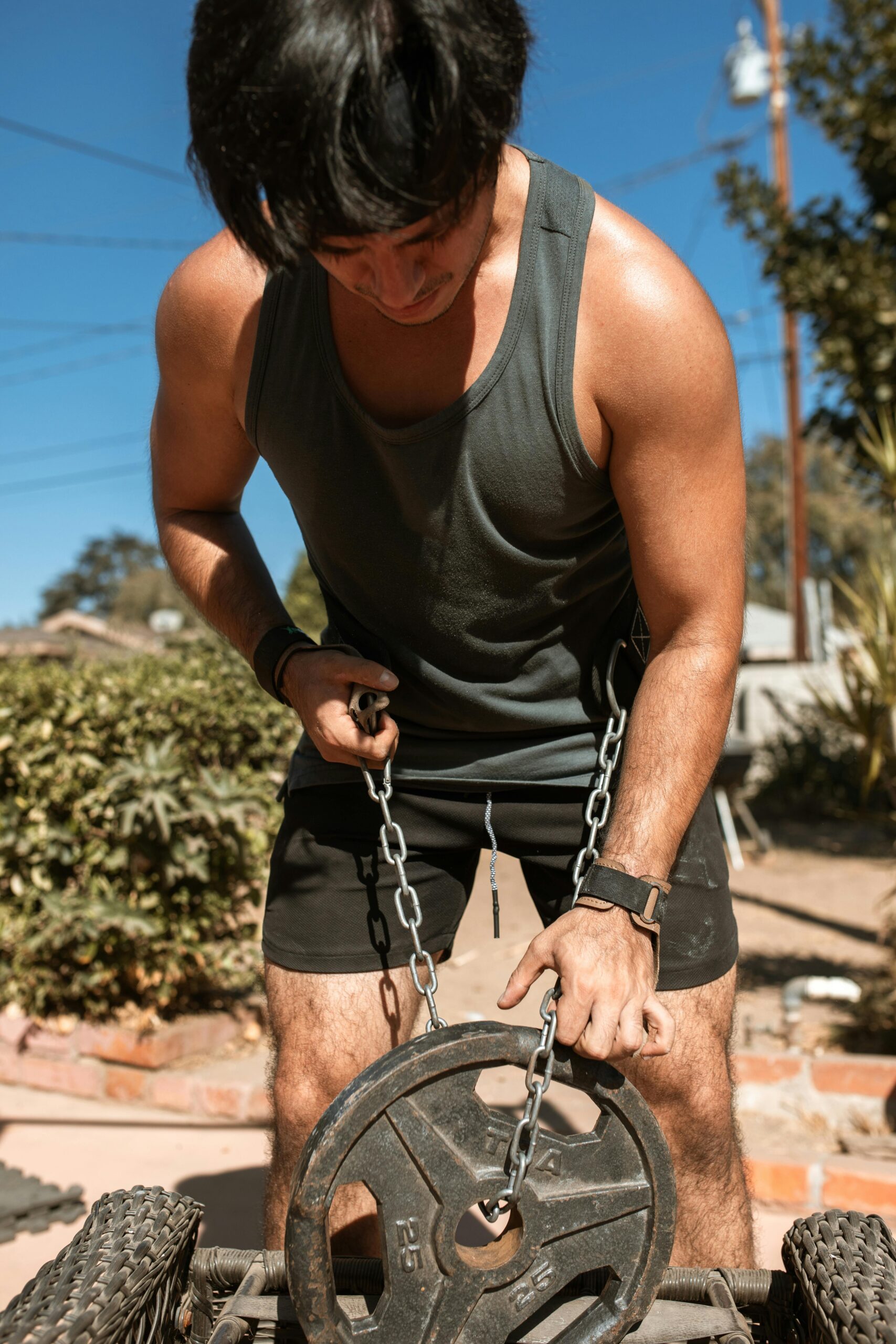Effective 2er Split Push Pull Routine for Improved Muscle Gain in 2025
The 2er Split Push Pull Routine is a proven and efficient way to maximize muscle gain while optimizing workout time. This training approach is designed for individuals who want to improve their overall fitness, strength, and body composition through targeted workouts. With the increasing interest in tailored training regimens for diverse fitness levels, this routine stands out for its versatility and adaptability, catering to beginners and advanced athletes alike.
In this article, we will explore the essential components of the 2er Split routine, focusing on the push and pull methods. We will discuss the significance of training frequency, exercises, nutritional considerations, and recovery strategies to help you achieve your muscle building goals. By following this guide, you can implement a structured approach to your workouts that enhances both hypertrophy and strength.
Key takeaways from this article include an understanding of the 2er Split, effective exercise recommendations, and insights on sports nutrition and recovery strategies. Whether your goal is to increase muscle mass, improve your fitness level, or enhance your overall well-being, the 2er Split Push Pull Routine is a valuable tool in your fitness arsenal.
Understanding the 2er Split Training Approach
Building on the foundational concepts of strength training, the 2er Split Push Pull Routine divides workouts into two primary components: push and pull. Each session focuses on different muscle groups, promoting balanced muscle development and effective recovery.
Core Principles of the 2er Split
The core principles include structured training sessions that alternate between push days, which focus on muscles involved in pushing movements (chest, shoulders, and triceps), and pull days, targeting muscles involved in pulling movements (back and biceps). This cycling ensures all major muscle groups are engaged effectively within a week, enhancing overall muscle development.
Benefits of Split Training
Split training allows for greater exercise variety, which not only reduces the risk of boredom but also addresses different muscle groups with specialized movements. Another significant advantage is the flexibility it offers in regard to workout frequency; individuals can train 4 to 6 times a week, tailoring the routine to their schedules. Research also suggests that this method supports hypertrophy through increased volume and intensity during each session.
How to Structure Your Push and Pull Workouts
For optimal results, it is crucial to design workouts that complement each other while allowing recovery time. A typical structure might include two push workouts and two pull workouts per week, with a focus on compound exercises complemented by isolation movements for each muscle group.
Designing Your Push Workout
In the push workout, the goal is to engage all pushing muscles effectively. Implementing a mixture of compound exercises such as bench presses, overhead presses, and dips will create the foundation for muscle gain.
Key Exercises for Push Days
Some of the key exercises for your push day routine include:
- Bench Press: Targeting the chest, shoulders, and triceps, this fundamental exercise builds foundational strength.
- Overhead Press: This move strengthens the shoulders and engages the core, enhancing overall stability.
- Dips: A compound movement that effectively works the triceps and chest, offering excellent muscle engagement.
Repetitions and Intensity
For optimal hypertrophy, aim for higher repetitions, typically around 8-12 per set, with moderate to heavy weights. Adjusting the intensity according to your personal fitness level while ensuring you challenge your muscles is key to progressive overload.
Cooling Down and Stretching
Cooling down post-workout is essential. Incorporating stretches targeting the chest, shoulders, and triceps will promote flexibility and assist in recovery. Consider integrating static stretching as part of your cooldown routine to maintain flexibility and reduce muscle tightness.
Designing Your Pull Workout
Your pull workout focuses on the muscles engaged in pulling movements, which is crucial for balanced development and injury prevention. Prioritizing back and bicep engagement will contribute to overall upper body strength.
Key Exercises for Pull Days
Key exercises to include in your pull routine are:
- Pull-Ups: A fantastic compound exercise that works multiple muscle groups, particularly the lats and biceps.
- Barbell Rows: Effective for targeting the mid-back while engaging the biceps and core stability.
- Bicep Curls: Concentrated isolation movement aimed at strengthening and defining the biceps.
Optimizing Training Frequency
To maximize muscle growth, each muscle group should ideally be trained at least twice per week. Planning your split can help ensure that these frequencies are met, allowing for enough recovery time while maintaining intensity levels.
Recovery Strategies Post-Pull Workout
After completing your pull workout, implementing adequate recovery strategies is crucial. Prioritize hydration, nutrition focusing on protein intake, and possibly active recovery days utilizing low-intensity cardio for blood circulation.
Nutritional Considerations for Muscle Building
Building muscles effectively requires attention to dietary habits and nutrition. Proper fueling is critical in supporting recovery and performance enhancements during workouts.
Importance of Protein Intake
Protein plays a significant role in muscle repair and growth. A daily intake of around 1.6 – 2.2 grams of protein per kilogram of body weight can enhance muscle gains. Incorporating lean meats, legumes, dairy products, and protein supplements can help achieve these targets.
Carbohydrates and Their Role
In addition to protein, carbohydrates provide energy required for high-intensity workouts. Consuming complex carbohydrates such as whole grains, fruits, and vegetables before training sessions ensures optimal performance and sustained energy levels.
Supplements for Enhanced Performance
For individuals looking to optimize muscle gain, considering supplements like creatine and branched-chain amino acids (BCAAs) can support recovery and energy levels. Always consult with a qualified healthcare or nutrition professional before adding supplements to your routine.
Integrating Recovery Strategies
Recovery is an often-overlooked aspect of effective training programs. Adequate rest allows the body to repair and build muscle after intense training sessions.
Rest and Sleep: Their Impact on Muscle Growth
Prioritizing sleep is paramount for muscle recovery. Aim for 7-9 hours of quality sleep per night to bolster hormone production, including growth hormone, which aids in muscle repair and recovery. Implementing a consistent sleep schedule can greatly enhance recovery efforts.
Active Recovery Techniques
Active recovery involves engaging in low-intensity exercises on rest days to promote blood circulation without stressing the muscles. Activities such as walking, yoga, or swimming can foster recovery without hindering muscle development.
Listening to Your Body
Understanding and listening to your body is crucial. Being mindful of fatigue and muscle soreness can help prevent overtraining—a common pitfall for athletes striving for progress. Implementing rest days as needed is essential for sustainable fitness.
Conclusion: Maximizing Your Results with 2er Split Training
The 2er Split Push Pull Routine offers a comprehensive approach to muscle building that emphasizes balance, intensity, and efficiency. By carefully structuring your workouts, focusing on nutrition, and prioritizing recovery, you can maximize your muscle gain potential in 2025. Whether you are an experienced athlete or beginning your fitness journey, this training method can be tailored to your unique goals, providing both short-term and long-term benefits.

For those seeking additional resources on fitness and training methods, be sure to check out the following links for more insights: Advanced Training Techniques and Nutrition for Optimal Athletic Performance.

